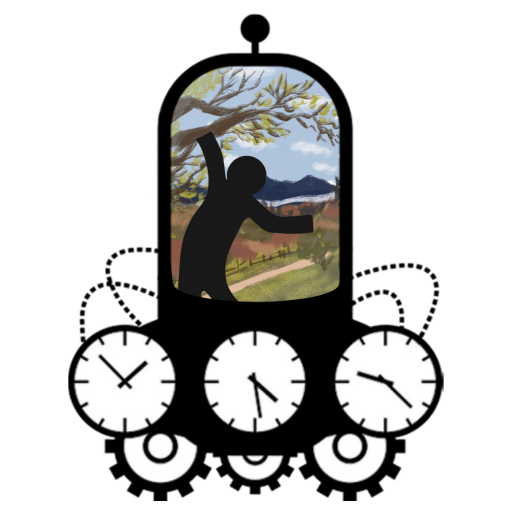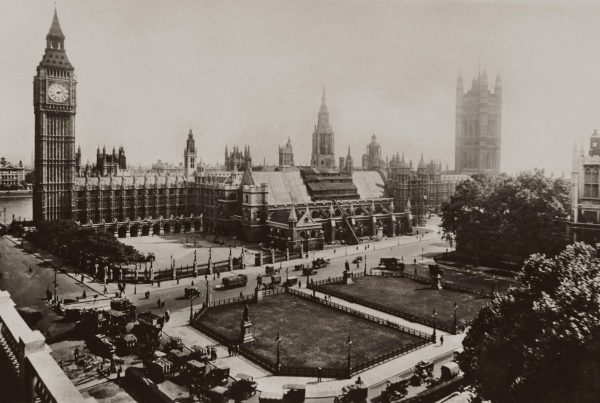How do you create the perfect murder (TTRPG)?
A carriage rattles past, its wheels slicing through the silence. Across the street, a gloved hand pulls a curtain closed. In front of you lies a lifeless body. It is your task to explore the crime scene, gather evidence, and discuss theories. Everything comes down to one question: what has happened here?

Hi again, your favourite rambling murder-geek is back! I’m Iris and as part of my VALUE Foundation internship, I’m creating my very own murder mystery TTRPG (dun dun dunnn). In the last post, we wandered through the foggy beginnings of this project. This time, we dive into the core of the mystery: what TTRPG system can turn an idea into an interactive story, and how does one create murder mystery?
Case File: GUMSHOE
From the beginning of this project, I knew I wanted to make a mystery – specifically, a murder mystery. There is just something about them that makes my creativity come to life (I don’t know what that says about me, so let’s just ignore that). But one problem with TTRPG systems is that most are not designed for solving mysteries. In traditional setups, players roll dice to see if they find a clue. If they fail or simply forget something, the entire investigation grinds to a halt. If players cannot even find the clues, how can they solve the mystery?
Robin D. Laws noticed this problem and decided to flip the formula. In his GUMSHOE system, published by Pelgrane Press, the mystery is not about finding clues, but about interpreting them. Players uncover information and evidence that drives the story forward. The real challenge lies in connecting the dots.
And before you say: “I do not even have the thinking skills to figure out what dinner I should make. How could I solve a murder?” – don’t worry! In this system, players build characters using special investigative abilities, ensuring that your character has the skills to conclude that you should make pasta even if you as player cannot.
The system creates the foundation for a cinematic and collaborative mystery that still feels dynamic. By using simple tests made with 6-sided dice to determine the outcome of a choice or skill-attempt, the system ensure action is still part of the formula.

A Murderous Mindset
GUMSHOE definitely met my wishes, so after learning how it worked, it was time to figure out how I could make my own interactive murder mystery.The thinking process is a bit difficult to describe, as most of it took place in the dark corners of my brain and the equally ominous interface of my Teams meetings. But the least I can do, is describe how I came up with the hook for the story.
I wanted to capture the Sherlock Holmes sense of deduction, using the eerie setting of Victorian London. Fog, candle light, cobblestones – the whole thing. My first idea involved the disappearance of a historian and an investigation in his hidden study – a decent start, but too trope-heavy. So I dug deeper and started reading about Victorian professions to find interesting parts of London’s history. That’s when I stumbled upon the origins of the London Underground. The city’s railway tunnels, filled with soot, steam, and secrets, offered the perfect stage for my story concept:
In London’s fog-shrouded streets, a macabre mystery unfolds. Arailway worker’shomebecomes a crime scene when investigators discover a body. Cryptic notes and whispered rumours lead them to hidden passages beneath the city. As players solve clues, they descend into the dark, and race against time before the truth is permanently buried. What buried truth has been unwittingly disturbed?
Unsatisfied with the lack of details? Same! But mysteries cannot be built in a day, and I obviously do not want to spoil the mystery. So I will have to let the suspense simmer…
Making a Murder
Right now, I am working backwards, starting from the solution. I need to know what exactly happened at the crime scene before I can create clues leading to suspects, possible murder weapons, etc.
Using tips from the amazing blog The Alexandrian, I am designing an outline for the storyline and clues. This ‘node-based’ structure essentially builds a chain of clues that will lead the players to another location or suspect. This structure ensures that not all clues need to be found in order for the players to connect the dots, making it a dynamic and nonlinear storyline.
In the next post, I will explore the setting and characters – the elements that paint an interesting backdrop for the story. Until then, keep your lanterns lit and your notes organised. The investigation continues…

Iris van der List is a Research Master student of Literary Studies at Radboud University and an intern of the VALUE Foundation. She loves examining how narratives come alive in different media and is currently investigating narrative horror games. Iris is a self-proclaimed console gamer girly and loves a wide range of narrative-rich and immersive games. But despite the release of amazing new games, she always seems to find her way back into a Skyrim rabbit hole (sorry). If you would like to contact her, you can message her via LinkedIn!






